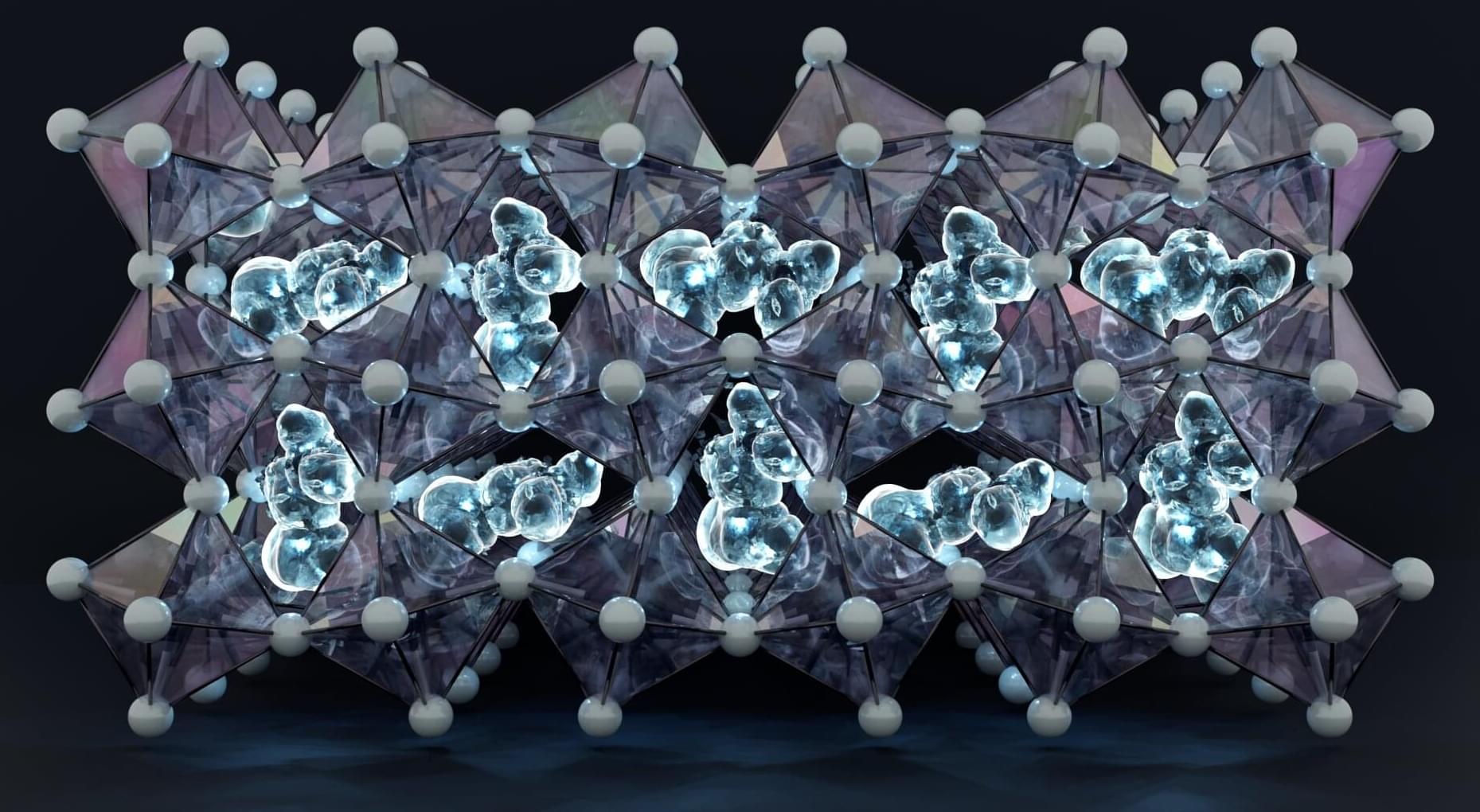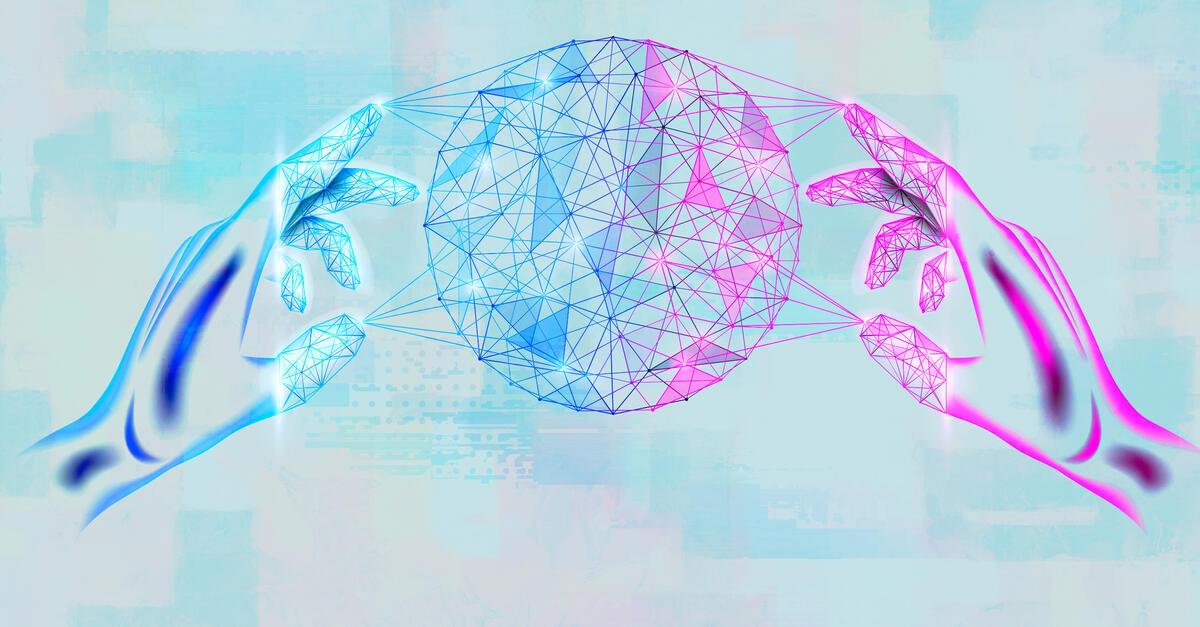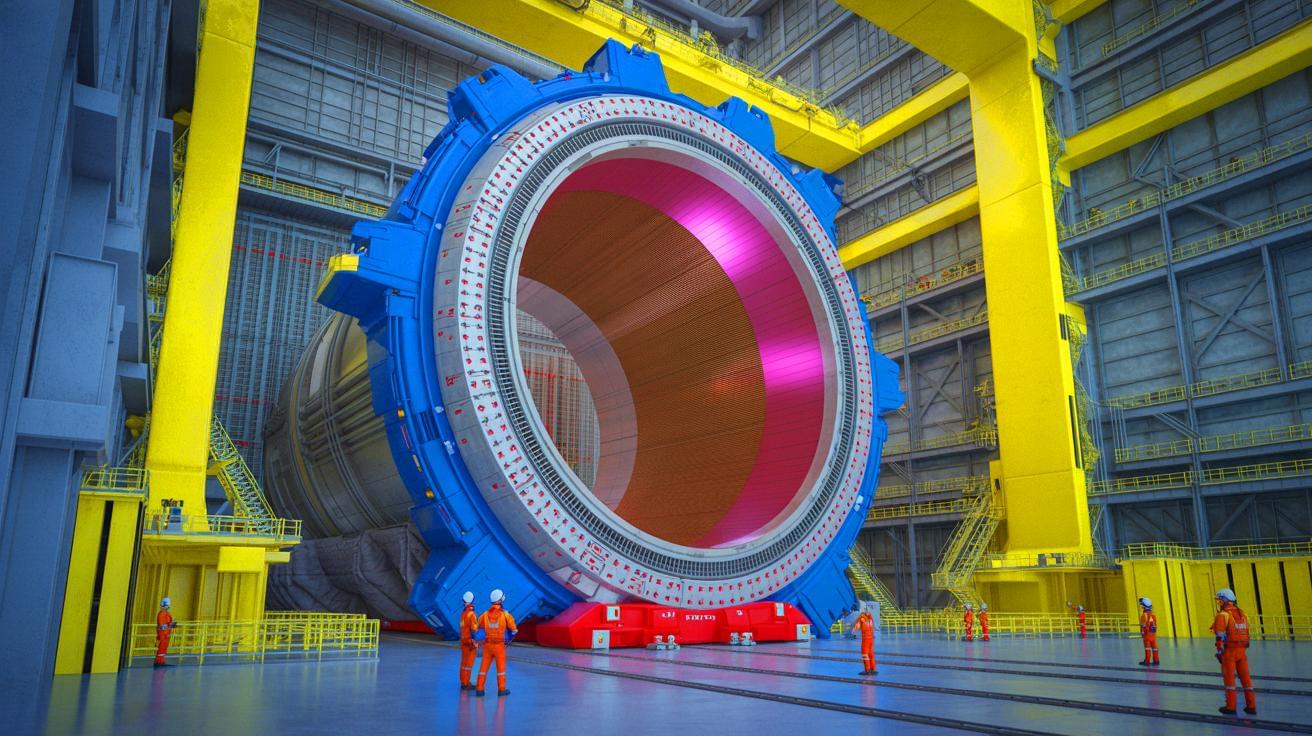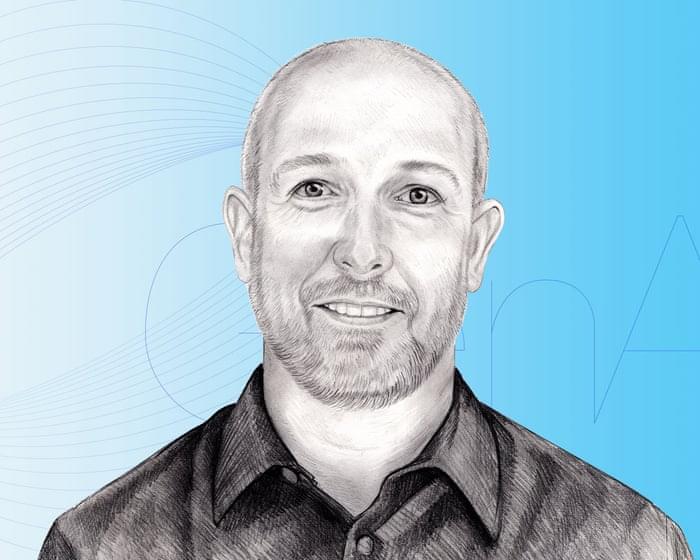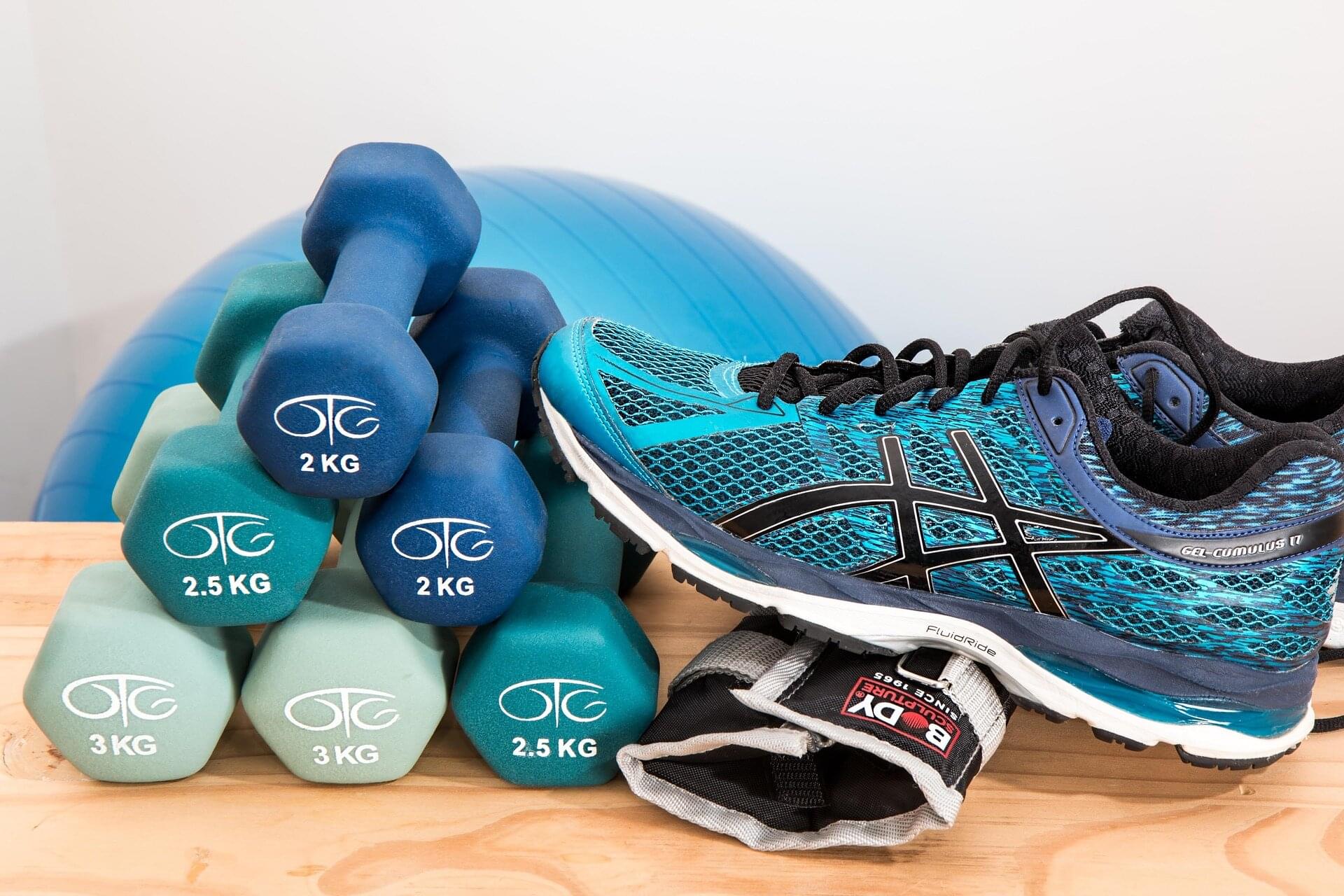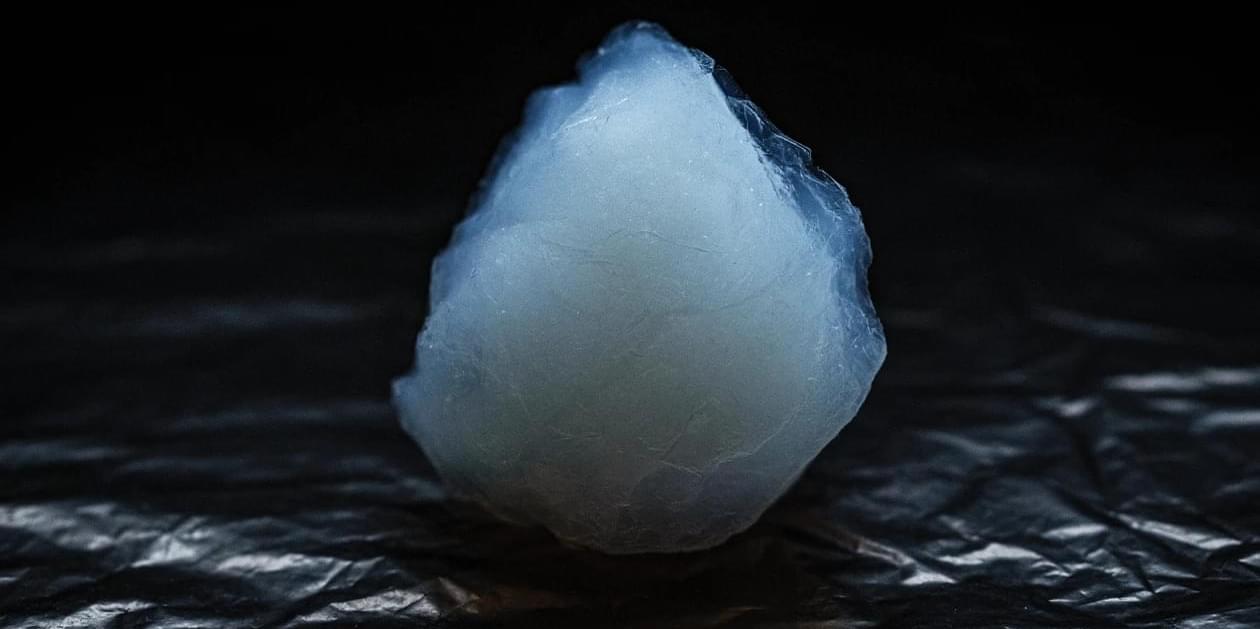Global electricity use is increasing rapidly and must be addressed sustainably. Developing new materials could give us much more efficient solar cell materials than at present; materials so thin and flexible that they could encase anything from mobile phones or entire buildings.
Using computer simulation and machine learning, researchers at Chalmers University of Technology in Sweden have now taken an important step toward understanding and handling halide perovskites, among the most promising but notoriously enigmatic materials.
Electricity use is constantly increasing globally and, according to the International Energy Agency, its proportion of the world’s total energy consumption is expected to exceed 50% in 25 years, compared to the current 20%.
